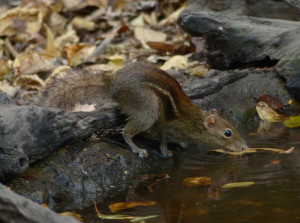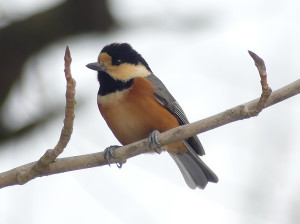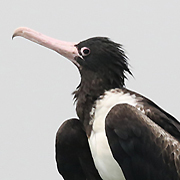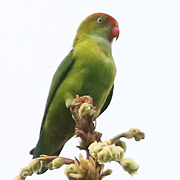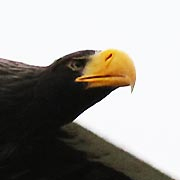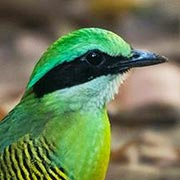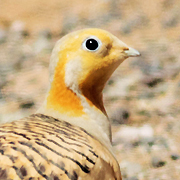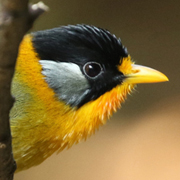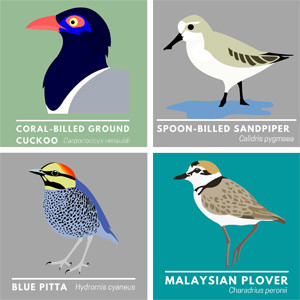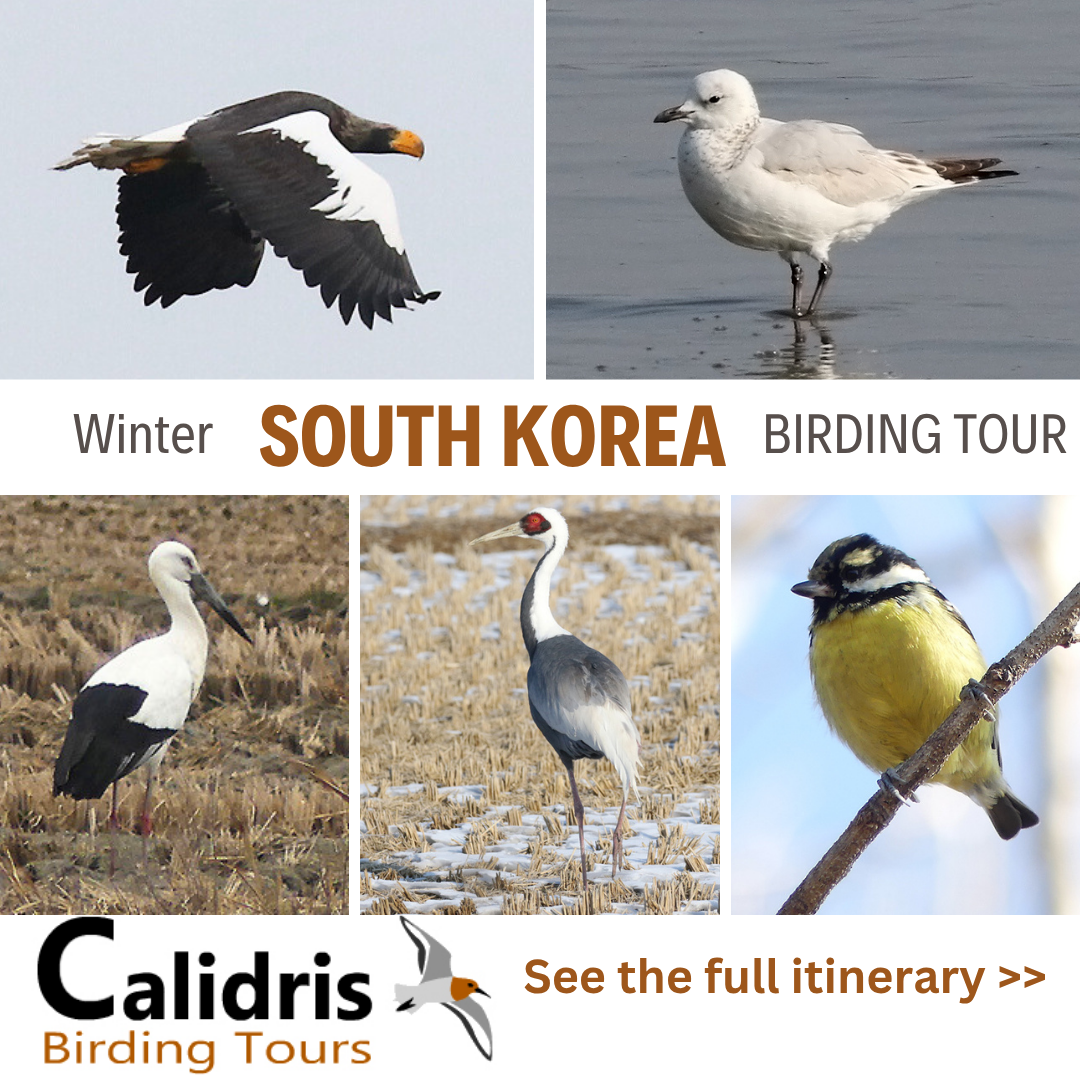The Lung Sin waterhole at Kaeng Krachan national park is a great spot to see and photograph many species of birds that visit to feed, drink and bathe but it is also worth talking about the species of mammals which are regular visitors too. I recently spent an afternoon at the Lung Sin waterhole with Frank Conjaerts from The Netherlands where we had a great afternoon watching many of the regular visitors including highlights such as Large Scimitar Babbler, Kalij Pheasant, Bar-backed Partridge and Scaly-breasted Partridge; these birds are well-known to appear here and highly anticipated by birders, but what perhaps is less expected by most visitors is the number of small mammals that they also see; the Indochinese Ground Squirrel that I have used to introduce this post is one of the regular visitors, although I do not see it every time I visit Lung Sin waterhole. Read more »
Independent Birding at Zaamin National Park | Birding in Uzbekistan
Uzbekistan is a surprising country with a wide variety of landscapes, ancient historical monuments, some interesting food and drink as well as good infratructure that makes the country easy to travel in independently. However, my wife and I pushed this a little further than most travelers to the country by visiting Zaamin National Park where [...]
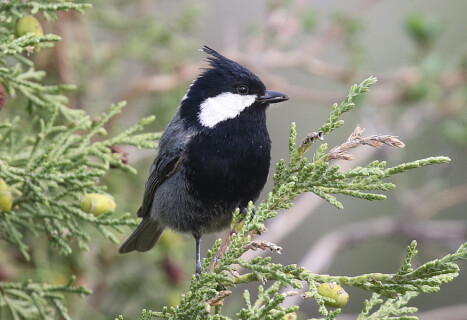

City Park Bird Abundance | Birding in Thailand
For those of us lucky enough to travel internationally to see birds it quickly becomes apparent that in some countries birds are abundant while in others birders have to work harder to see a wide range of species. This was brought home to me most recently spending a morning at Sri Nakorn Kuean Khan Park [...]
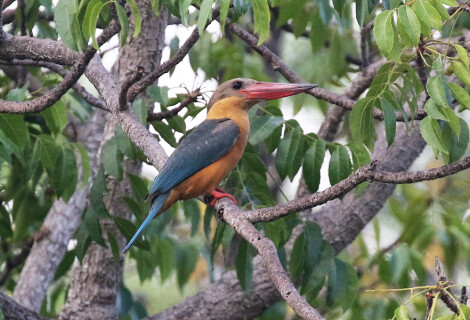

Touristing & Birding at Petra | Birding in Jordan
For those of us who travel with non-birding partners it can sometimes be tricky to balance enjoying time together somewhere interesting and the craving to maximise the opportunity to see new birds in new places. Personally, having a good holiday with my wife is the most important thing when planning trips together but doing some [...]


Rainy Season Birding at Pathum Thani Rice Research Centre | Birding in Thailand
There can be times of the year when bird watching hits a trough because a lack of activity, unhelpful weather or overfamiliarity with a smaller selection of species than at other times. In Thailand these factors are all true in the rainy season with a large number of species absent, on their breeding grounds further [...]


Mountain Birding from Chimgan | Birding in Uzbekistan
I have always loved immersing myself in mountain landscapes but over recent years my opportunity to do so has been limited with much of my time spent in tropical forests and wetlands in Thailand so when the opportunity presented itself to spend some time birding in mountain habitats in Uzbekistan I took it without having [...]
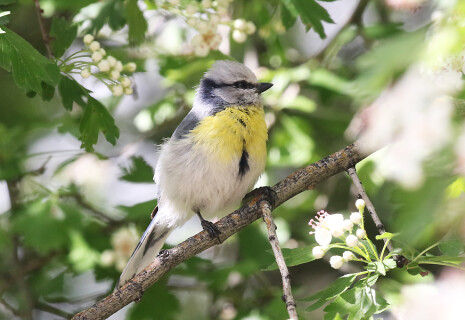

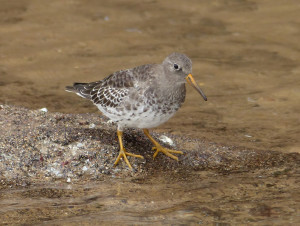
Birding Bridlington Harbour – British Birding
 October 30th, 2015
October 30th, 2015  Nick
Nick A few days ago I spent a morning birding around Bridlington harbour in East Yorkshire. This is often a good place for wintering and passage migrants, even in October, and is somewhere I used to visit regularly when I was at university in the area. One of the specialities of the site is Purple Sandpiper which can usually easily be found on the rocks around the harbour walls and I was hoping to be able to get close and take some photos. On a cold and breezy morning I got onto the south beach at low tide and quickly found a group of waders feeding on the rocks at the water’s edge which included Ruddy Turnstone, Purple Sandpiper, Red Knot, Oystercatcher and Common Redshank along with large numbers of gulls. Read more »
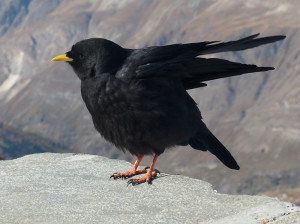
Alpine Choughs at Gornergrat; Switzerland
 October 19th, 2015
October 19th, 2015  Nick
Nick On a recent trip to Switzerland I spent some time staying at Zermatt where I took a mountain railway up into the mountains to Gornergrat, an observatory close to the famous Matterhorn. The scenery on the way up grew ever more spectacular, through Larch forests turning autumnal colours into Alpine grassland and finally arriving on a rocky, snow-covered outcrop overlooking a glacier. After admiring the views, as a bird watcher, it was hard to ignore the groups of Alpine Choughs that were hanging around, being fed scraps of food by tourists eating their packed lunch. Read more »
Birding South Korea – Top Quality Birds in Abundance
 October 10th, 2015
October 10th, 2015  Nick
Nick On the Southern half of the Korean peninsula is the Republic of Korea, more widely known as South Korea. Despite being one of the most modern and influential countries in Asia this is a nation much overlooked by westerners but one which has a lot to offer to birders. Better known for companies like Samsung and Hyundai South Korea stretches from the subtropics of Jeju Island in the far south to temperate areas along the North Korean border with summer high temperatures in the thirties to winter lows of minus twenty the climate makes for a high diversity of species throughout the year. Although South Korea is a highly industrialized country there are still many areas that attract large numbers of birds including forests, farmland, lakes, rivers and estuaries all of which contain a surprising abundance of bird life throughout the year.
Few have explored the possibilities of a South Korea bird tour yet the country contains some true spectacles of nature that should not be missed, where some exceptional birding can be enjoyed at all times of the year. Whether it is an abundance of breeding woodland birds in the Spring and early summer, impressive levels of migration of passerines and waterbirds in Spring and Autumn or large numbers of wintering Cranes, Wildfowl and Gulls there are always interesting birds to be seen including some of Asia’s most threatened species. Think about Steller’s Sea Eagle, Spoon-billed Sandpiper, Relict Gull, Black-faced Spoonbill, Red-crowned Crane, Scaly-sided Merganser, Asian Rosy Finch and Spectacled Guillemot, Japanese Pygmy Woodpecker, Long-billed Plover, White-naped Crane and Japanese Wagtail and you start to understand the quality of birding in South Korea.
One of the themes of Korean birding is the joy of seeing birds in great abundance. Even in forested mountain parks in the capital city, Seoul, there are plenty of birds breeding in Spring and Summer filling the woods with their song.
Top South Korean Birding Sites
- Cheorwon – Cranes, Buntings
- Namhansanseong – Woodland birds
- Paldang – Steller’s Sea Eagle
- Northeast Coast – Alcids, Loons, Gulls
- Nakdong Estuary – Steller’s Sea Eagle, Relict Gull
- Junam Reservoir – Cranes, Swan Goose, Raptors, Wildfowl
- Suncheon Bay – Hooded Crane, Raptors
- Geum Estuary – Oriental Stork, Baikal Teal
Spring migration can be described as “spectacular” with large numbers of Buntings, Warblers and Thrushes passing through but it is on a winter South Korea bird tour that you really experience the magnificent numbers of birds. Try standing near the border in the North and watch the procession of White-naped and Red-crowned Cranes that come out of the demilitarized zone. Stand on an East coast beach and see tens of thousands of gulls. See flock after flock of Taiga and Tundra Bean Geese in farmland as you travel. See an amazing group of 400+ Cinereous Vultures feeding together. Witness thousands of Grebes, Loons and Alcids on the sea from a boat trip. Any of these is likely to be one of the most memorable massed bird experiences any birder will see but they can all be witnessed on one birding trip to Korea, all within a few hours drive of each other. Add to that 20000 Rooks or half a million Baikal Teal on one lake and it is clear that South Korean birding is not to be missed.
South Korea Winter Birding Tour 2019: 3rd January – 15th January

Previous Trip Reports
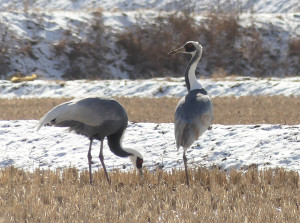
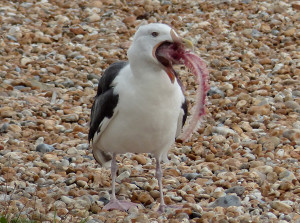
Gulls Gorging on Fish – Bird Behaviour
 September 18th, 2015
September 18th, 2015  Nick
Nick I have taken advantage a few times recently of an area where gulls congregate to feed on discarded fish heads at the rear of a fish shop at Dungeness, on the Kent coast, but today there was a real feasting session with a large group of gulls devouring a large amount of fish heads and guts. Getting the lion’s share of the food were the huge Great Black-backed Gulls but a few opportunistic Herring Gulls were darting in to steal pieces of fish from the clutches of their larger companions. The resulting chaos and desperate gorging of food was quite a sight; a number of photos of greedy gulls follow.
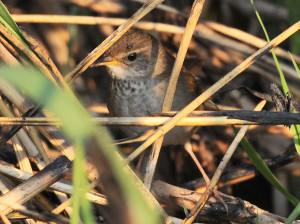
Baikal Bush Warbler Abundance: Thailand Birding
 September 15th, 2015
September 15th, 2015  Nick
Nick Bush Warblers are a group of birds that are extremely difficult to observe on their wintering grounds even when they are abundant and few people manage many/any observations of these birds when visiting Thailand. Baikal Bush Warbler was split from Spotted Bush Warbler some years ago and range maps for this taxon show that it is widely distributed in Thailand so why is it that so few people ever see this bird? Well one reason is certainly that it is extremely skulking but another reason is that people do not realize how common it is and do not spend time looking for it; indeed, on several trips to Northern Thailand earlier this year many observations of this secretive bird. Read more »
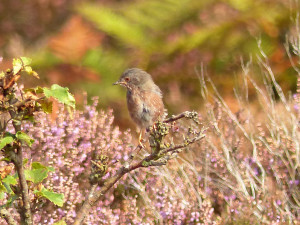
Minsmere & Dunwich Heath: British Birding
 September 11th, 2015
September 11th, 2015  Nick
Nick I have mentioned before that Dartford Warbler was the bird that got me into birding when I was 7 years old and whenever I am back in UK I always make a visit to a location where I can see this species. With fine weather today it was a good opportunity to find these birds which can be quite skulking, particularly in bad weather, so I made a trip to Suffolk to visit RSPB Minsmere and adjacent Dunwich Heath, owned by the National Trust. Before stopping at Minsmere I made a short stop at Sizewell Nuclear Power Plant where I found 24 Little Gulls and a Black Tern a little offshore, feeding with some Herring and Great Black-backed Gulls. A good start to a day which turned out to be full of good birds. Read more »


